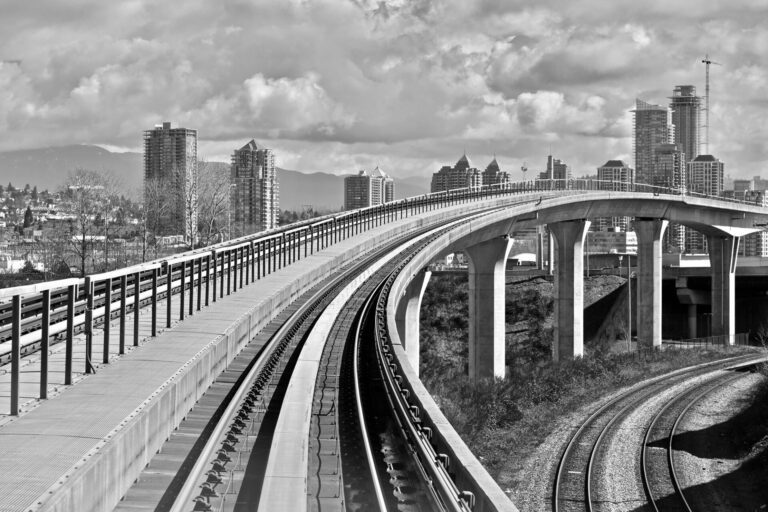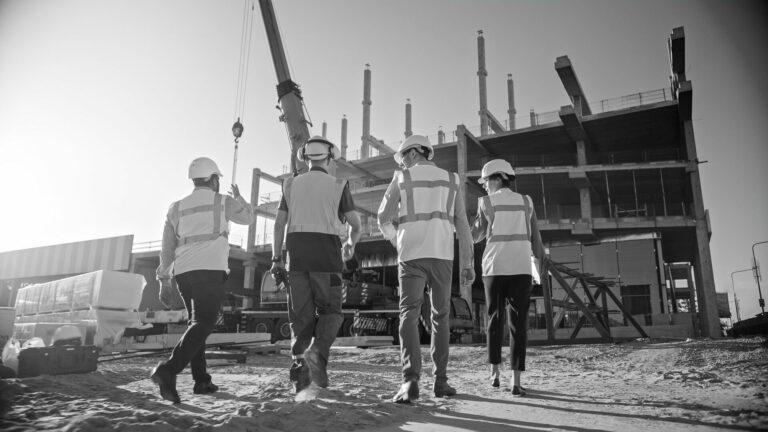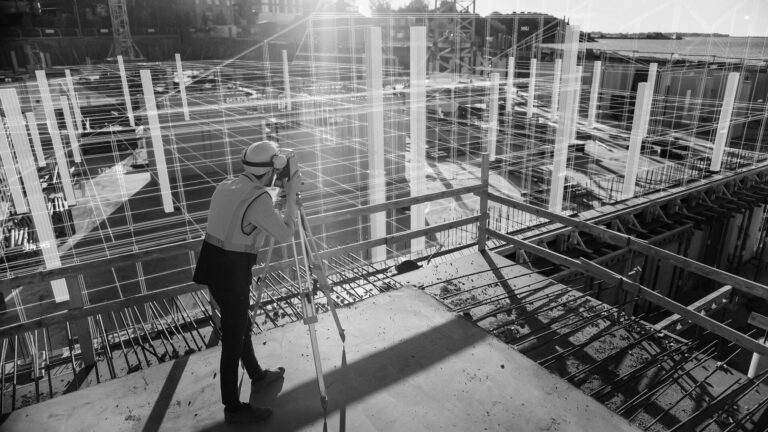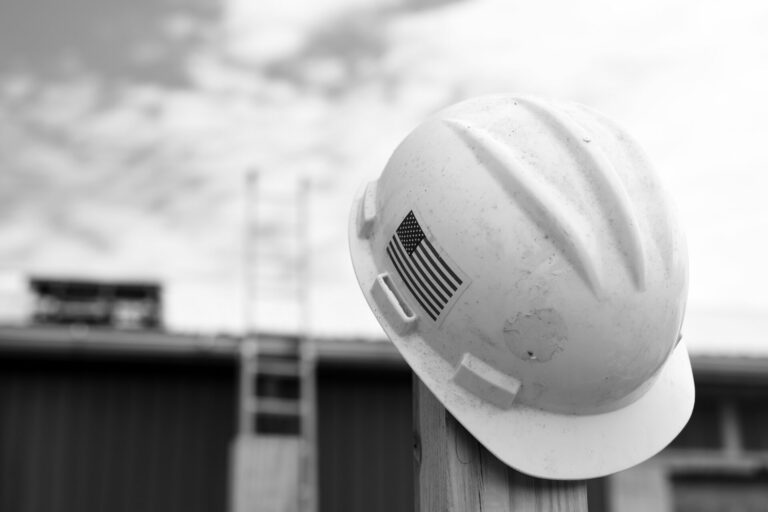The construction industry is an ever-evolving landscape. It is a sector that thrives and depends on innovation, progress, and outside-the-box thinking. In fact, it is this steady influx of technological advancements that have ensured that the industry remains at the forefront of community, industrial and infrastructure growth. Among the latest groundbreaking technologies that have the potential to reshape the future of construction, artificial intelligence (AI) stands at the forefront. While innovation and tech developments tend to be greeted with open arms across the industry, AI has not been universally welcomed. Rather, it is being viewed with a skeptical eye and industry professionals fear that their jobs and livelihoods are at risk. As AI finds its place within the industry, questions are being asked about its impact on employment and the dynamic relationship between humans and machines.
Henning Roedel, in his role as robotics lead for the innovation team at California-based DPR Construction, has spent a lot of time thinking about the potential benefits and challenges of the nascent rise of AI in the construction industry. While he can accept that a certain level of apprehension is understandable, he feels that the suspicion is ultimately misguided. “We don’t think about how to reduce our staff size, because we have enough backlog and work ahead of us that we need more people. You need to flip the displacement question around because we currently don’t have enough people in our industry to meet the construction needs of society as it is.” This is not, however, the biased view of an insider. Statistics show that in March there were more than 341,000 unfilled jobs in the sector.

According to Roedel, the emergence of AI in construction is not causing mass redundancies across the industry. In fact, quite the opposite is true. Through the skillful use of technology, both AI and robotics, the industry is managing to stay afloat amidst a tidal wave of job displacement and abandonment. “AI and robotics are solutions to that growing crisis of not being able to build enough homes, offices, and roads to keep people living healthy lives,” said Roedel, whose firm has been using both to help workers get more done. “The tools that are coming out are amplifying the lives of both our field and corporate office staffs, who can leverage ChatGPT and other tools to save mental time and productively move onto the next task that much earlier.”
In what may come as a surprise to some, AI is already well established in certain fields. With leaders harnessing its ability to analyze vast amounts of data and make predictions based on patterns, the tool is already making significant contributions to the industry. In the realm of design and planning, AI-powered algorithms can generate optimized floor plans, allowing architects and engineers to explore countless possibilities in a fraction of the time it would take using traditional methods. According to Bob Banfield, machine learning engineer at Trimble Construction, these algorithms are at the core of the highly efficient technology. “Machine learning includes many algorithms. Here’s a quick example: if you were looking to find out whether or not you are liable to get some type of disease, one type of learning algorithm might work its way through a tree of questions like, ‘how old are you?’ Then, ‘okay, do you exercise?’ And so on. If you say yes, you go down one branch, and if you say no, then you go down another. That’s a perfectly valid machine learning algorithm. It’s like the game 20 Questions you might’ve played as a kid, except in machine learning those questions are automatically generated.” These algorithms consider factors such as material usage, energy efficiency, and structural integrity, ensuring that the final product is not only aesthetically pleasing but also functional and sustainable.
“AI in construction is not about replacing workers but rather supporting them by augmenting their capabilities.”
While rapid advancements in robotics are now leading the industry towards a deeper, AI-driven level of automation on construction sites, the industry is not yet convinced. However, the evidence is continuing to mount. Intelligent machines, equipped with sensors and cameras, can perform tasks that were once labor-intensive and time-consuming. Robotic arms can lay bricks as precise as the human eye, while autonomous vehicles transport materials with incredible efficiency. Rather than create more challenges for those working in the field, these tools enhance productivity, reduce human error, and minimize safety risks, leading to savings in both cost and time.
As AI and automation continue to make strides, concerns arise about the potential displacement of human workers. However, industry experts argue that the role of AI in construction is not about replacing workers but rather supporting them by augmenting their capabilities. Robert Thompson, a renowned construction technologist, affirms, “AI is not here to take jobs; it’s here to elevate them.”
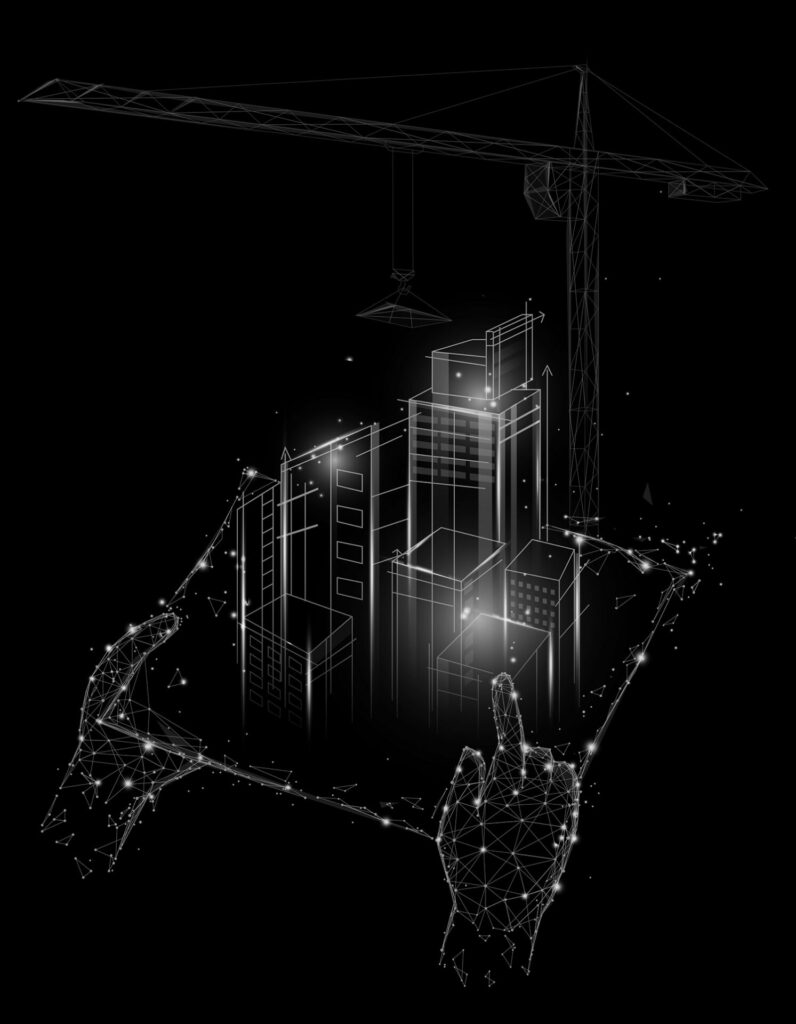
When viewed in the context of a chronic skilled worker shortage, the resistance to AI seems even more perplexing. By eliminating mundane and repetitive tasks, allowing workers to focus on more complex and creative aspects of their jobs, the industry could maximize the abilities of the staff it has currently on jobsites. According to Roedel, the use of AI should not only be a given, but it should also be a welcome respite from the challenge of keeping the industry alive. “AI and robotics are solutions to that growing crisis of not being able to build enough homes, offices, and roads to keep people living healthy lives,” said Roedel, whose firm has been using both to help workers get more done. “The tools that are coming out are amplifying the lives of both our field and corporate office staffs, who can leverage ChatGPT and other tools to save mental time and productively move onto the next task that much earlier.”
If we are to critically evaluate the potential outcome of an AI-supported construction industry, we cannot discount workers fears completely. Current sectors of the manufacturing and infrastructure industries are already thriving through the use of robotics, effectively removing the need for human involvement on production lines around the world. It is, seemingly, an issue of balance. Where does an industry go in terms of ensuring the humans at the coalface are protected and utilized to their full potential? With the market size for AI in construction forecast to grow by over 30% annually and move past the $8.5 billion mark by 2031, it is a very real conversation that needs to take place sooner rather than later. However, for Roedel and DPR, there are certain benefits of AI that will always trump personal interest, regardless of your standpoint. “We want to see more of these tools at work in high voltage scenarios and hazardous environments. Any hazmat applications where we can put the smart machines in and take the people away, so much the better.” With its potential to lower costs, increase productivity and vastly improve workers safety, AI is a conversation that is certainly worth having.














